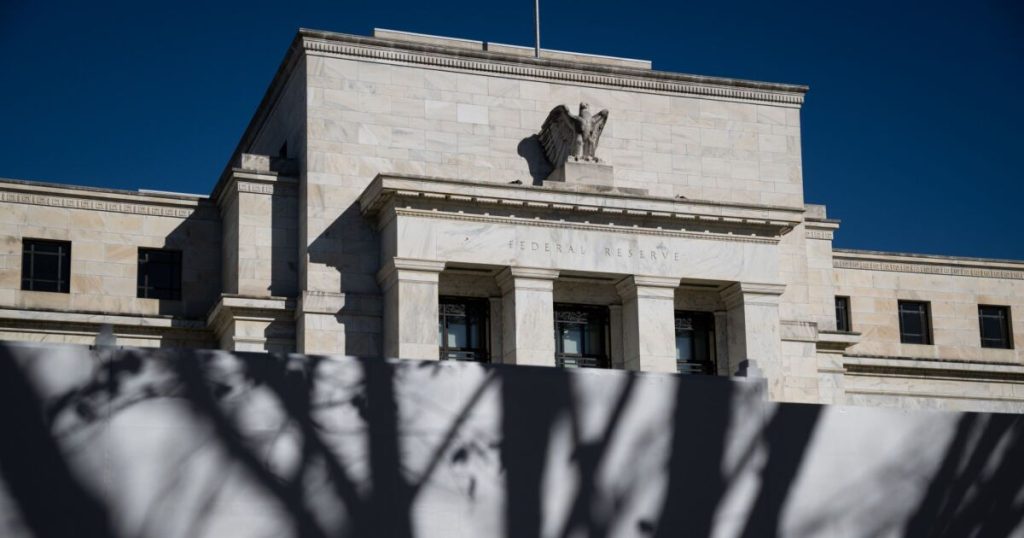Large banks soared through the Federal Reserve’s annual stress test this year, demonstrating excess capital positions across the industry. But industry may take the results more as a signal of a positive regulatory direction than as a barometer for banks’ financial health.
While the
“Everybody won,” Siefers said in a Monday interview. “The results overall were just so much better than even optimistic people had really figured they would be.”
Nearly all of the 22 banks tested this year
Banks are expected to release near-term commentary on dividends tomorrow after the market closes, now that they have more clarity on their capital situations. Most will likely hold off on sharing much detail on their other capital plans, like share repurchases or acquisition appetite, until second-quarter earnings presentations next month, Siefers said.
The results didn’t make as much of a splash this year for the individual companies, or their investors, Siefers said. The results drove minimal market movement on Monday, with the KBW Nasdaq Bank Index rising less than 1%.
“I think the market also has appropriately concluded that the stress test results in and of themselves, while I don’t want to minimize their importance…the group has so much capital right now that whether or not we got this same result, there was still going to be a lot of access to capital,” Siefers said.
Results were expected to be stronger this year than last year, in part because banks were starting from a better financial position, including pre-provision net revenue and credit quality. Additionally, the Fed’s worst-case scenario in this year’s exam was modeled for milder adverse economic conditions than last year’s.
“It starts to beg the question, ‘Have we made the stress test exercise too mild and predictable?'” said Laurent Birade, Moody’s Banking Industry Practice Lead. “It’s supposed to stress the system…Everybody expected the banks to come through with flying colors. Is that useful?”
Even banks with some of the bigger losses in this year’s exam saw solid results.
Of the banks tested, Capital One Financial took the biggest hit on its massive credit card portfolio in the Fed’s worst-case scenario, and saw the second-highest stress capital buffer, per analyst estimates. The regulator found that 23.4% of the bank’s credit card loans would be stressed, versus an average of 17% across banks.
Still, “while results aren’t good, they’re good enough,” said Truist Securities analyst John McDonald in a note.
The bank’s likely new regulatory minimum is still under 10%, according to analyst estimates, “well below” Capital One’s target of around 11%, and its current level of nearly 14%. The bank’s stress capital buffer, projected to be between 4.5% and 4.8%, also still marks a decrease from last year’s 5.5%. In May, Capital One closed its acquisition of Discover Financial Services, creating a credit card company behemoth. The combined entity’s subprime card business makes up about one-fourth to one-third of the market.
Last year’s losers also made up for some of those losses during this year’s stress test.
After a 90-basis point increase to Wells Fargo’s stress capital buffer last year, which Siefers called “inexplicable,” the bank’s buffer appears to have logged one of the largest drops of the group, at about 130 basis points.
Still, analysts and investors are more focused on the next regulatory steps, Siefers added.
The Fed is currently weighing changes to the stress test process to decrease volatility, along with a proposal to lessen megabanks’ capital requirements, among other regulatory changes. Additionally, banks’ second-quarter earnings reports, which Birade expects will be strong, will mean more to the industry than the positive stress test results.
“In two weeks from now, we won’t even talk about this anymore,” Birade said.

